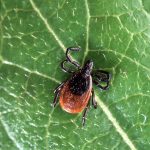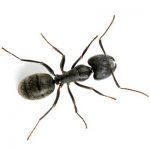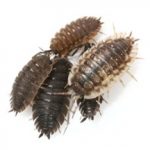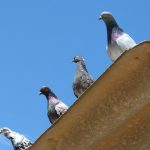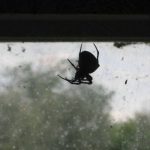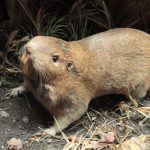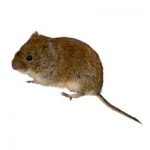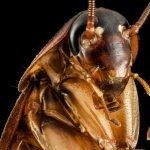Ticks and How To Remove Them
When you are outdoors, it is very important to check yourself and your pets for adult and nymphal ticks. The American Dog tick is very prevalent this year and are being found all over western Canada and especially in Winnipeg and area. If you find ticks in your yard, Poulin’s can provide you with a … Read more

